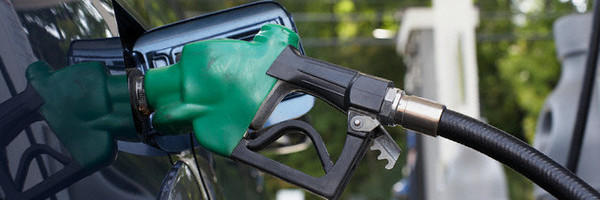
Since the dawn of the gas powered vehicle, there have been myths about fueling your vehicle. They range from what type of fuel to how much gas to put in your vehicle. With gas prices continually on the rise, why would you want to spend more money than you have to? The average price for regular gas in the Savannah, GA area is $3.30 a gallon while high octane fuel, or premium gas, is $3.77 a gallon.
So, what about the myths? Is there any truth to them or are the just that, myths? Vaden Automotive Group in Savannah, GA and the surrounding areas care about informing our community on what is the truth and what is hearsay. Following is a list, put together by Cars.com, of their favorite fuel myths and the truth behind them.
Putting premium gas in your vehicle is not going to make your vehicle perform better. There are are instances where you should consider using premium in your car, but nowadays, most vehicles can adjust the engine’s performance in a majority of conditions. Some people may report a pinging or knocking sound if they do not use premium. Typically, modern knock sensors will detect a pinging noise before you hear it. Basically, if your vehicle’s manufacturer does not recommend the use of high octane fuel, then you’re safe saving some money by using regular gas.
The reasoning behind this myth is that when the fuel is cooler it is denser and a denser fuel will pack more energy in the same amount of space. While density may change with the temperature, the fuel is stored in underground tanks that maintain a temperature of around 55 degrees Fahrenheit. So, no matter the weather outside, the fuel temperature will remain the same.
We all know people who are guilty of this one. While you may feel like you are getting more gas, you may not be. The extra fuel may just be rerouted into the station’s storage tanks. Also, you may potentially harm your vehicle’s evaporative control system. The system is designed to re-burn vapors, not liquid gasoline. If you overfill your tank, these vapors will get pushed out of your gas tank and can cause damage.
This is a new one and lives up to it’s title as a myth. Gas dispensers use volumetric measures that gauge whether they are pumping fuel slow or fast. It is not an on/off nozzle that can only tell when the fuel is being pumped out at maximum speed. So whether or not you press the nozzle half way, it can still measure how much fuel is being pumped and charge you accordingly.
This one may have some truth to it. Some automakers claim that by using regular gas, you can do damage to your vehicle’s engine. This is why you should always read your owner’s manual. It may seem daunting, but there is some really useful information in there. Will you void your warranty if you use regular gas one time? No. Many automakers that require a higher octane fuel acknowledge that regular fuel can be used in an emergency, but premium fuel should be used on a regular basis.